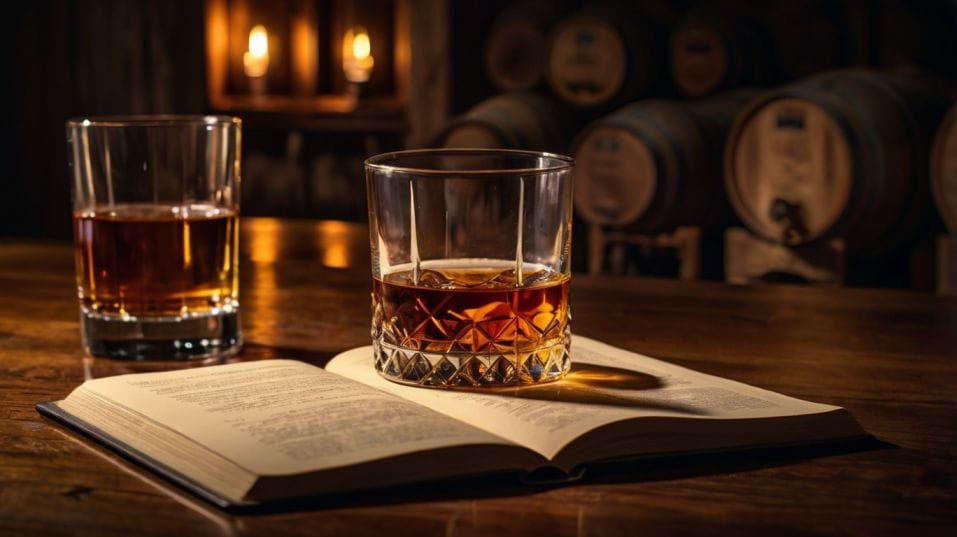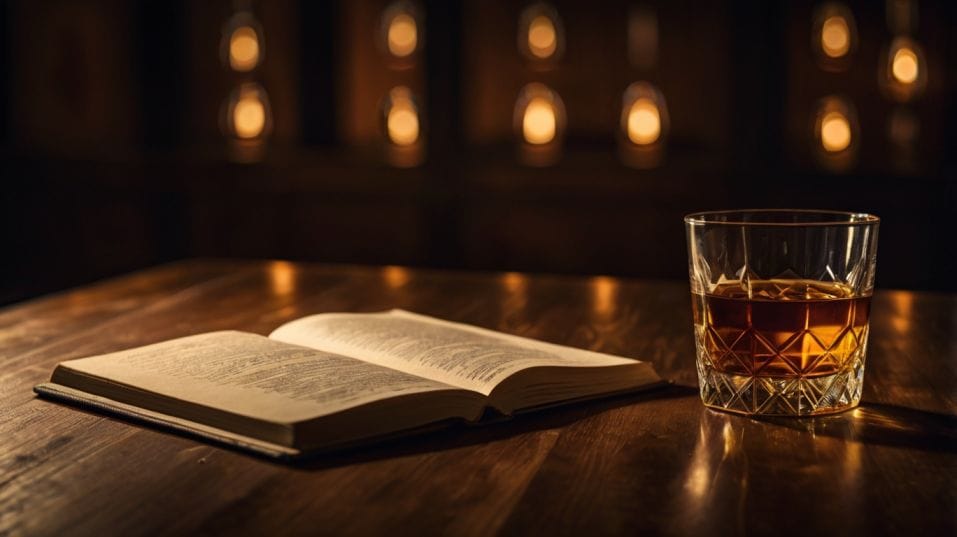How to Use a Flavor Journal to Remember Bottles You Try
Want to remember what you taste and why it matters? Learn how to start a whiskey flavor journal that sharpens your palate and boosts confidence.

Ever taste a whiskey so good it stopped you mid-sip—but later, you couldn’t recall why? That’s where a flavor journal comes in.
If you’re starting to care more about what’s in your glass than just the buzz it gives, this simple tool helps you remember, compare, and grow.
It’s not about being fancy. It’s about tasting with purpose and building a palate you trust. Here’s how to start one that actually works.
Choosing the Right Format
Let’s be clear: there’s no official format. A flavor journal doesn’t need to look pretty. You don’t need parchment paper or a fountain pen. It just needs to be something you’ll use. That might be a dedicated notebook.
Could be an app. Some collectors swear by spreadsheets. Digital or analog, minimalist or detailed—pick whatever gets the job done and makes sense to you. The key is consistency.
Ask yourself: will I actually open this again? If not, switch it up. A journal you don’t use is just clutter.
Some tasters keep two versions: a rough, handwritten tasting book for in-the-moment thoughts, and a polished version where they organize the best entries.
Others include bottle photos or label scans to jog memory later. Do what fits your style.

What to Record
Before you start scribbling tasting notes, it helps to know what kind of details are actually worth capturing. A few key elements can turn random impressions into a valuable reference.
Go Beyond the Basics
The core of a useful entry is simple: what was the bottle, what did it taste like, and what did you think of it? But that surface-level description is just the start. Great notes go deeper. They capture context.
That includes the basics—distillery, mash bill, proof, age, finish, price, where you tried it—but also the intangibles. Where were you? Who were you with?
Was this the first pour from the bottle or one that had been open a while? All of that shapes how whiskey shows up in the glass. You can’t train your palate in a vacuum.
Jot down environmental details. Was it hot or cold? Indoors or outdoors? Were you pairing it with food?
These details give you data to explain why a pour felt better or worse than expected. They let you revisit that moment with more clarity, instead of vague recall.
Use Your Own Language
When it comes to tasting notes, ditch the pressure to sound like a critic. You don’t need to say “vanilla, caramel, baking spice” every time. Write what you taste. If that’s "campfire ash on wet leaves," write it.
If it’s "banana Runts in nail polish remover," write that too. The weirder and more specific your language, the more your notes will help you later.
Over time, you’ll refine your vocabulary. But don’t wait to sound “credible.” Just be clear and honest.
Try tracking mouthfeel, texture, and structure too. Was it oily or dry? Soft or sharp? Did it evolve over time or stay one-note?
Start noting the nose separately from the palate. Compare first sips to last ones. These habits sharpen your sensory instincts and make you faster at identifying what you like.
Spotting Patterns and Preferences
Your journal is also where patterns emerge. You’ll start to notice what you respond to—certain grain bills, yeast strains, barrel treatments. Maybe you like high rye.
Maybe you hate port finishes. You’ll see which producers consistently hit your palate right and which ones are all hype (for you).
That’s how you evolve past trial-and-error into intentional collecting. You’re not just buying bottles anymore—you’re building a profile.
The more entries you collect, the more valuable they become. Patterns will start to form organically. Maybe 100-proof wheated bourbons taste thin to you.
Maybe you discover a niche love for malted barley blends. You’ll stop chasing limited releases for the sake of scarcity and start buying with precision.
Just as important: writing things down keeps you from lying to yourself. Whiskey is full of external signals—price, packaging, social media buzz. It’s easy to get swept up.
But when you check your notes and see that a $100 bottle left you cold while a $30 store pick blew your mind, it keeps you grounded. It reminds you that your taste matters more than the label. It makes you harder to fool.
Best Practices for Tasting and Journaling
Use your journal during tastings, not after. Sip, pause, write. Take a second sip. Think about what changed. Think about the front of the palate, mid-palate, finish.
Don’t worry about getting everything right. Just capture what’s happening. If you’re tasting with friends, compare notes.
Not to agree, but to stretch your perspective. Someone might catch a note you missed—and once you hear it, you might taste it too.
Consider organizing tastings around themes: high proof, same distillery, same age, different finishes. You’ll start to isolate variables and train your palate faster.
Always note the order you tasted in—your perception can shift based on what came before. And don’t skip bottles you didn’t like. They teach just as much as the favorites. Maybe even more.
Growth Through Reflection
A well-kept journal also gives you something to revisit. Six months in, flip back. See how your palate’s changed. What you thought was "too hot" before might now feel balanced.
That bottle you dismissed as boring? Maybe it just needed air—or maybe you needed more experience. Tracking your growth makes every bottle a teacher.
Reflection makes your whiskey journey personal. It shifts focus from external validation to internal progress. That’s the mark of a real taster. You’re not collecting for clout. You’re building skill.
Building Credibility and Community
And the value goes beyond your own palate. If you ever get serious about trading, sharing, or even just recommending bottles, your notes give you credibility.
You’re not just saying “this is good"—you’re explaining why. You’re anchoring opinions in experience. That makes you a more useful voice in the whiskey community.
Journaling also builds trust. When you back up your opinions with pattern-based experience, people listen. You help others learn faster.
You build reputation. You become someone worth following, not because you’re loud—but because you’re informed.
Final Thoughts
Whiskey isn’t just something you drink. It’s something you learn. If you want to taste with more clarity, collect with more purpose, and enjoy the process without second-guessing yourself, start a flavor journal.
Build the habit now. Don’t wait until you forget the best pour of your year. Write it down. Build your palate. Build your memory. Build a collection that actually means something—one entry at a time.




